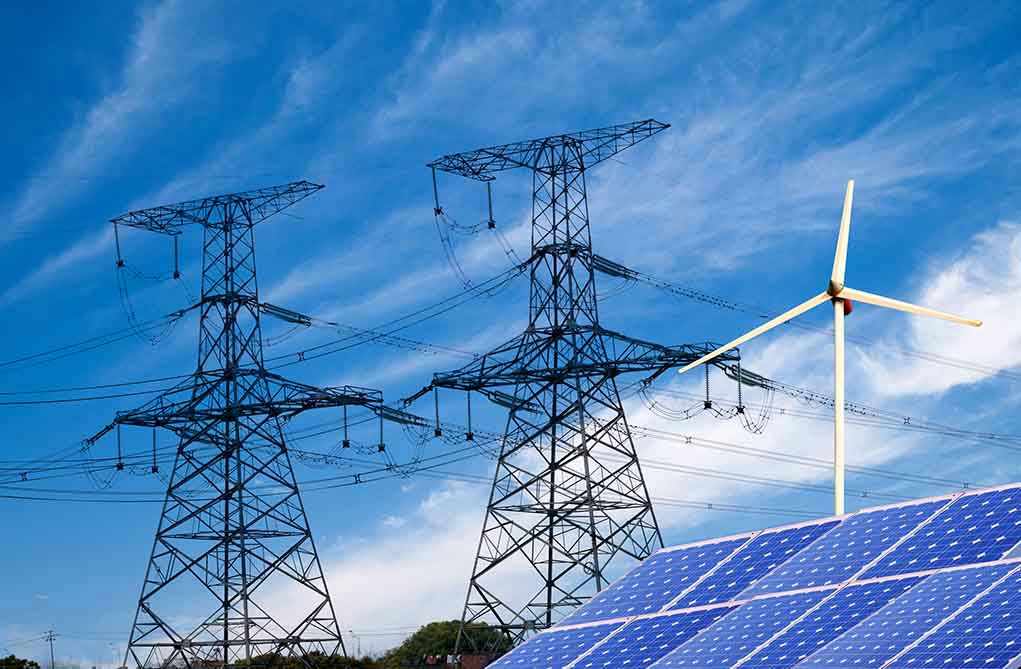
California’s $2.2 billion Ivanpah Solar Power Plant is shutting down in early 2026, marking another spectacular failure of the state’s costly green energy agenda that has wasted billions in taxpayer dollars while delivering subpar results.
Story Highlights
- Ivanpah Solar Plant to partially shut down in early 2026 after consistent underperformance
- $2.2 billion concentrated solar power facility failed to meet energy output projections
- PG&E terminated power purchase agreement due to high costs and poor performance
- Environmental damage includes thousands of bird deaths from concentrated solar beams
- Plant closure exemplifies broader failures in California’s renewable energy strategy
Massive Solar Investment Becomes Monument to Government Waste
The Ivanpah Solar Power Plant in California’s Mojave Desert represents everything wrong with government-driven green energy initiatives. Built with significant federal support through Department of Energy loan guarantees, this concentrated solar power facility was supposed to showcase California’s renewable energy leadership. Instead, it became a $2.2 billion lesson in how political ideology trumps economic reality. The plant consistently underperformed its projected energy output since beginning operations in 2014, forcing utilities to seek alternative power sources at higher costs.
NRG Energy, BrightSource Energy, and Google invested heavily in this concentrated solar power technology, believing it would revolutionize renewable energy generation. The facility uses 173,500 heliostats to focus sunlight on central towers, generating steam to drive turbines. However, this complex system proved far less efficient and more expensive than traditional photovoltaic solar panels, which dropped dramatically in price while Ivanpah struggled to justify its existence.
Environmental Concerns Mount as Wildlife Pays the Price
Environmental groups raised serious concerns about Ivanpah’s impact on desert wildlife, particularly bird populations. The concentrated solar beams created by the facility’s mirror arrays have killed thousands of birds, earning it the grim nickname of creating “streamers” – birds that catch fire mid-flight. This environmental damage undermines the very green credentials the plant was supposed to represent, highlighting how rushed renewable energy projects often ignore unintended consequences.
The plant’s location near Primm, Nevada, disrupted fragile desert ecosystems that took centuries to develop. Environmental scientists documented habitat destruction and wildlife displacement, raising questions about whether the environmental costs outweighed any climate benefits. These impacts became ammunition for critics who argued that California’s renewable energy mandates prioritized political symbolism over genuine environmental protection.
Market Forces Expose Green Energy Folly
PG&E’s decision to terminate its power purchase agreement in January 2025 reflected harsh economic realities that California’s green energy advocates refused to acknowledge. The utility cited high costs and poor performance as primary factors, demonstrating how market forces ultimately determine energy project viability regardless of political support. This contract termination effectively sealed Ivanpah’s fate, as the plant could not operate profitably without guaranteed purchasers for its expensive electricity.
The broader solar industry’s shift toward photovoltaic technology made concentrated solar power obsolete before Ivanpah could prove its worth. While politicians celebrated ribbon-cutting ceremonies, private investors and utilities quietly recognized that simpler, cheaper solar panels delivered better results without the complexity and maintenance costs of concentrated solar systems. This technological evolution exposed how government picking winners and losers in energy markets leads to massive waste and inefficiency.
Sources:
Ivanpah solar plant along I-15 to partially shut down
Solar Plant Closure Is Latest Sign California’s Green Agenda Isn’t Working











